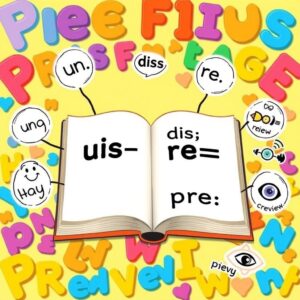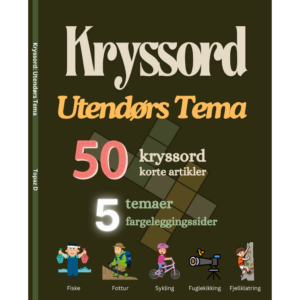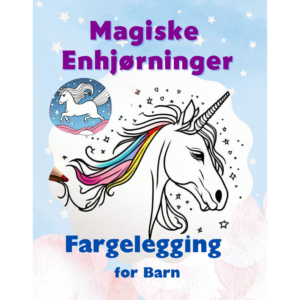
Explore & Play
Discover interesting topics and solve the accompanying crossword puzzle.
Agreement Crossword: Understanding International Treaties and Community Pacts
Table of Contents
Agreement crossword
You can either fill in the crossword puzzle directly on this page or click the button in the bottom right corner to print it for free.
——————————————
Understanding Agreements: From International Treaties to Community Pacts

1. Introduction
Imagine sitting around a weathered wooden table, the air thick with anticipation as voices find common ground. That moment — when two or more people, communities, or even nations reach a shared understanding — is the heart of what we call an agreement. At its simplest, an agreement is an expression of mutual consent, a handshake of trust that binds people together beyond mere words.
Agreements exist everywhere: between friends deciding where to meet, neighbors agreeing on shared chores, businesses negotiating deals, and countries committing to peace or trade. They shape our daily lives as much as the course of history. Whether formal or informal, written or spoken, agreements carry the weight of intention — they are promises to act in concert.
As we step into this exploration, key terms will surface: agreement, treaty, contract, pact, accord, and more. Each carries its own shade of meaning but shares the thread of cooperation. We’ll peel back these layers, drawing on stories from the grand stage of international diplomacy to the quieter corners of community life.
This article will clarify what makes an agreement what it is, reveal how it differs from contracts, and reflect on its power to create peace and harmony. Together, we’ll see that agreements are more than documents; they are bridges — linking people across divides, past and present, in a timeless dance of trust.
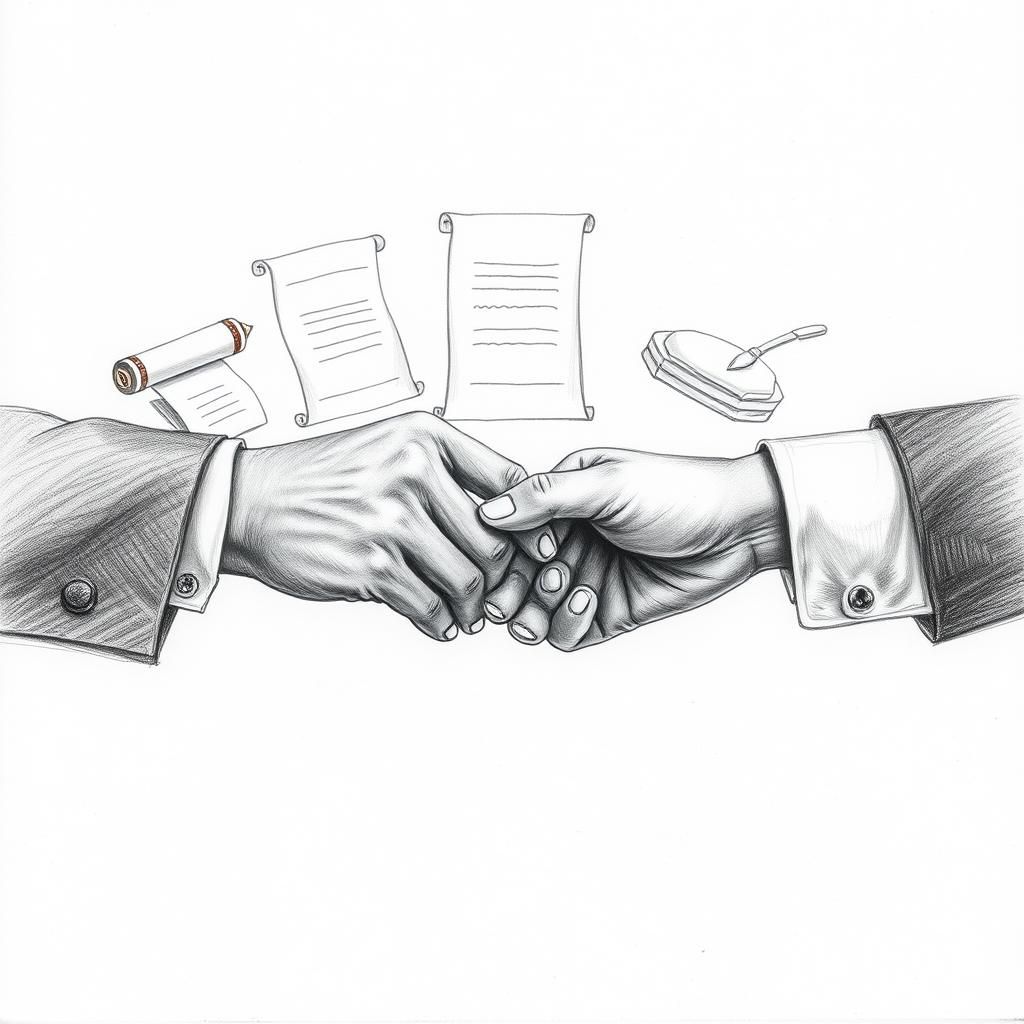
2. Defining Agreements and Related Terms
At first glance, “agreement” and “contract” might seem like two words for the same thing, but there’s a key difference worth knowing. A contract is an agreement with teeth — that is, it’s legally enforceable. When the fine print is broken, the law steps in. Think of signing a lease or buying a car: both are contracts because they bind you in a way the courts recognize and can act upon.
An agreement, however, can be far broader and lighter in weight. It’s any mutual understanding between parties, whether or not the law will back it up. Imagine two neighbors agreeing to share tools — there’s no courtroom waiting if one forgets, but there’s a shared sense of trust and expectation. This lack of legal force doesn’t make agreements any less important; it just means they rely more on goodwill and mutual respect.
Then, other terms pack their own specific meanings into the mix. A pact often carries a formal, serious tone, frequently tied to politics or military matters. A treaty steps even further into the realm of international law — it’s a formal agreement between countries, like a bridge connecting nations. Meanwhile, an accord usually refers to an agreement achieved after negotiation, often signaling a peaceful settlement.
Sometimes, agreements pause conflict — that’s where a truce comes in: a temporary stop to fighting, a fragile but hopeful breathing space for peace to grow. A settlement or consensus means people have found a shared ground or resolved a dispute, highlighting cooperation over conflict. When we talk about harmony and understanding, we’re stepping into the softer space where agreements nurture social peace and shared values. Finally, a deal is an informal agreement or arrangement, often practical, straightforward, and built on simple give-and-take.
In short, agreements come in many shapes and sizes — some backed by law, others by trust; some temporary, others built to last. They’re the threads weaving people, communities, and nations together.

3. Historical and Contemporary Examples of Agreements
Step back with me to 2015, when nearly 200 countries gathered in Paris to tackle what felt like an impossible challenge: climate change. The Paris Agreement wasn’t just another treaty; it was a collective promise to cut emissions and protect our planet. Fast-forward to 2025—when the United States decided to step away from this pact—sending ripples through international circles. This exit wasn’t just about politics; it shook the fragile trust that holds global cooperation together. Suddenly, the road to a healthier planet felt bumpier.
Not all agreements wear the same face of urgency, though. Take the UK-Ukraine 100-Year Partnership Agreement signed in 2025. At first glance, a century-long pact might sound like an eternity etched in paper. But this is more than ink on parchment—it’s a deep bond of military support, cultural exchange, and mutual defense. Think of it as planting a tree whose shade both nations hope to share for generations. It’s a rare kind of commitment in today’s shifting geopolitical landscape.
Then there are the Abraham Accords, a breakthrough quietly rewriting the narrative of the Middle East. When Israel and several Arab states agreed to normalize relations, decades of tension started to loosen their grip. This accord is more than diplomacy—it carries the hopes of countless people yearning not just for peace on paper, but for everyday lives free from conflict.
Travel further back in time to 1959, and you find the Antarctic Treaty—an unlikely but inspiring agreement that transformed the icy continent into a zone of peace and science. No soldiers, no weapons, only shared research and respect for a fragile environment. It’s a reminder that sometimes, to protect what belongs to all of us, humanity can press pause on rivalry and choose cooperation.
Closer to home, the Harmony Society offers a different kind of story. This 19th-century Christian communal group wasn’t negotiating between nations but between neighbors. Their community pact wove together faith, work, and shared values, creating a lasting peace that turned diversity into strength. It’s proof that agreements don’t always need grand scale—they flourish best when built on trust and understanding, whether across continents or down the street.
From icy frontiers to desert sands, from global summits to small-town life, these agreements—whether fragile or firm—remind us that standing together through words and commitments shapes a world where peace and progress are within reach.
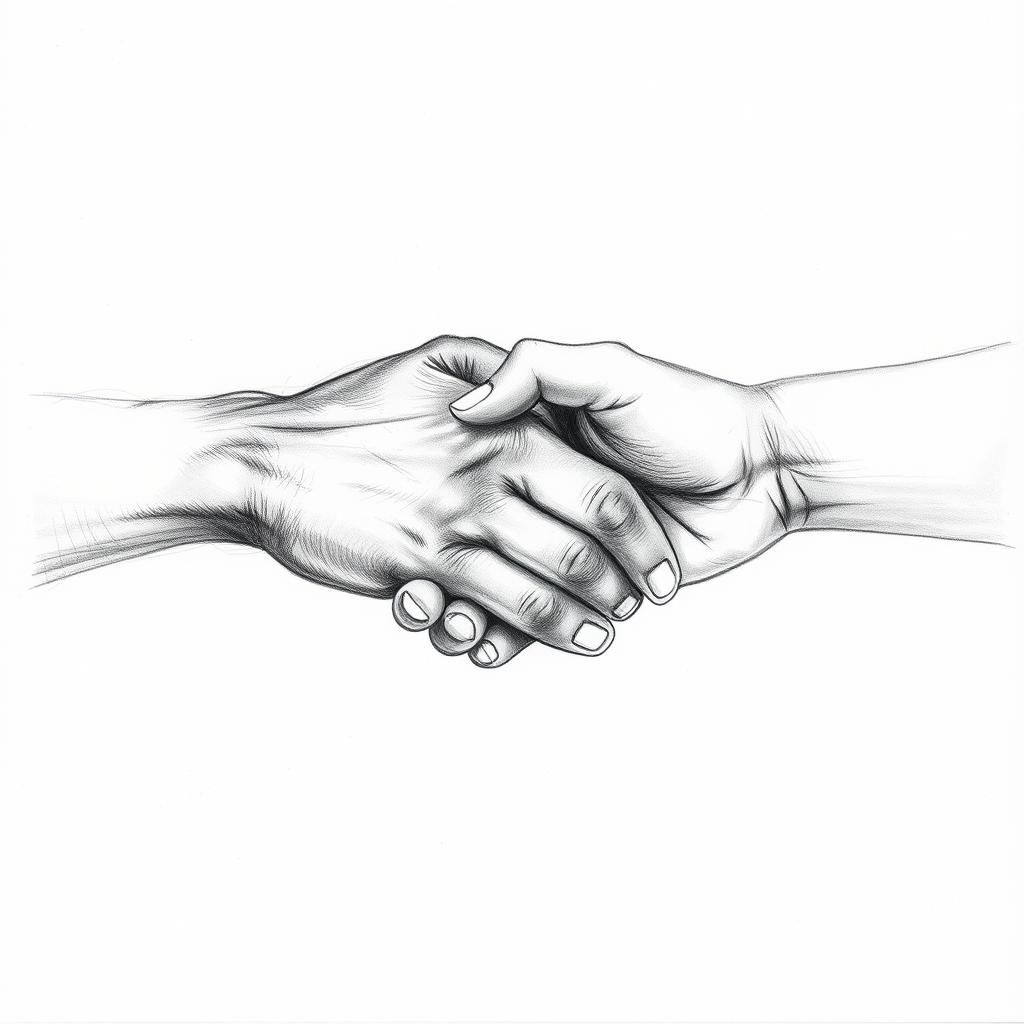
4. The Role of Agreements in Peace-Building and Community Harmony
Truces often get overlooked because they’re temporary—just pauses in fighting rather than final solutions. But these brief halts in conflict can be the soil where lasting peace takes root. Imagine a battlefield silenced not by victory, but by a shared breath of relief. That moment of calm opens a door for dialogue, trust-building, and sometimes, the birth of formal agreements. History shows many truces paved the way for deeper consensus, turning enemies into negotiating partners. They’re the fragile bridges over waters too stormy for direct crossing.
Closer to home, communities thrive on a less formal kind of agreement. It’s not about legal contracts but shared understandings: social contracts born from everyday give and take. Think of the Harmony Society—a 19th-century Christian communal group that built peace and prosperity through mutual respect and well-understood roles. Their story reminds us that peace isn’t always struck on grand stages; sometimes, it grows quietly where people choose cooperation over conflict, consensus over chaos.
Yet, not all agreements see the light of day. Secret treaties—hundreds of them through history—have shaped global relations behind closed doors. They stir mixed feelings: on one hand, they can smooth rivalries; on the other, they risk betraying public trust when revealed. The shadow of secrecy reminds us that transparency often matters as much as the agreement itself, especially when peace is the goal.
In every truce, community pact, or shadowy treaty, agreements play their part. They create space for understanding, build fragile bridges, and sometimes, quietly bring the world a little closer to harmony.
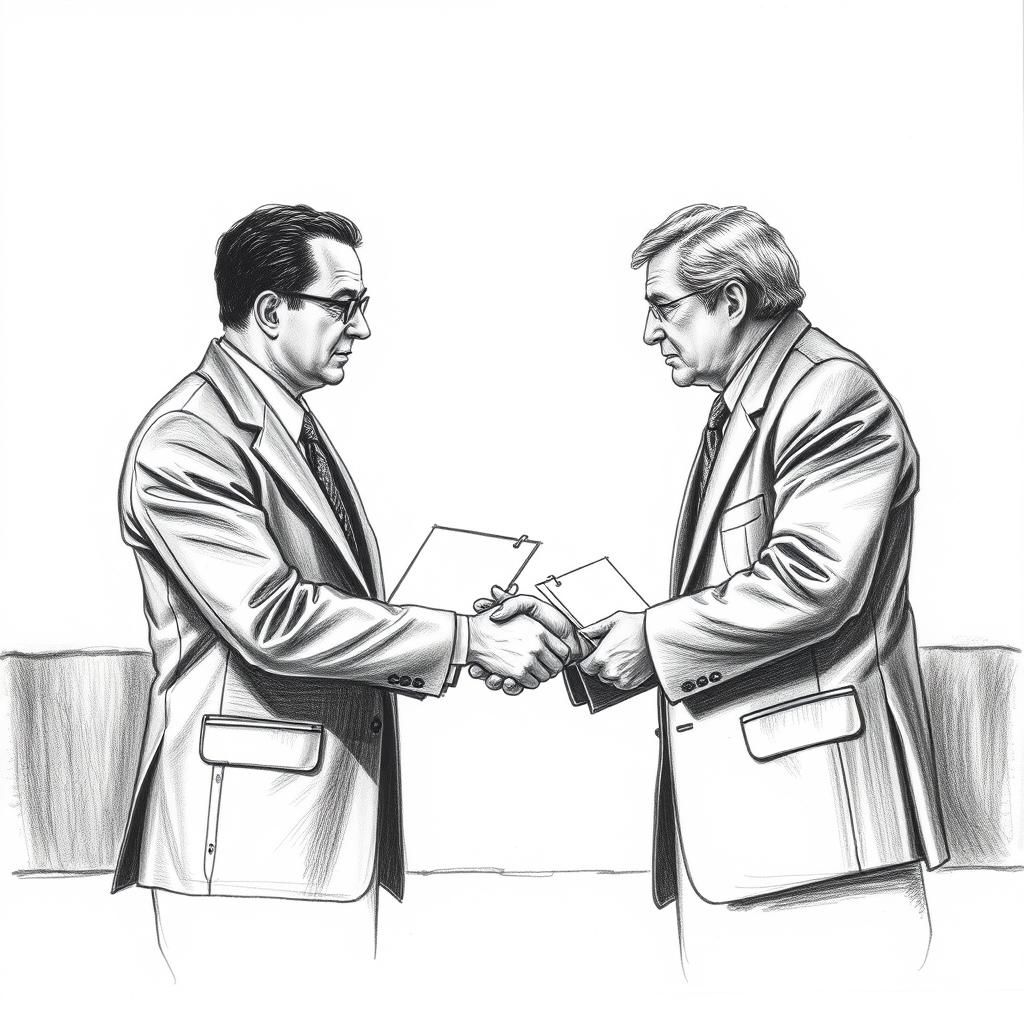
5. Differences Between Agreements and Contracts
At first glance, the words “agreement” and “contract” might seem interchangeable, but there’s a crucial distinction that shapes how they function in the real world. A contract is an agreement, yes—but not all agreements reach the level of a contract. The key difference? Legal enforceability.
Contracts come with a built-in promise: if one side doesn’t hold up their end, the other can turn to the courts for enforcement. This legal muscle makes contracts especially important in business and formal settings where stakes are high. Without this, an agreement might just be a handshake or a nod—meaningful, but not legally binding.
Take diplomacy, for instance. Countries often enter into agreements to show mutual understanding or intent. Sometimes these are formal treaties, which are contracts on the global stage, enforceable through international law and sanctions. But other times, leaders might strike less formal accords, like memorandums of understanding. These signal goodwill and intention but don’t carry the weight of law—leaving room for flexibility or, at times, ambiguity.
In everyday business, informal agreements can speed things along without the red tape of a full contract. A supplier’s promise over email or a verbal deal might suffice among trusted partners. Yet, when money, property, or long-term commitments enter the picture, businesses turn to contracts to protect everyone involved.
So, the practical takeaway is this: agreements set the stage, but contracts hold the script with legal certainty. Knowing when to rely on each can save headaches down the road—be it in boardrooms or around the negotiation table.
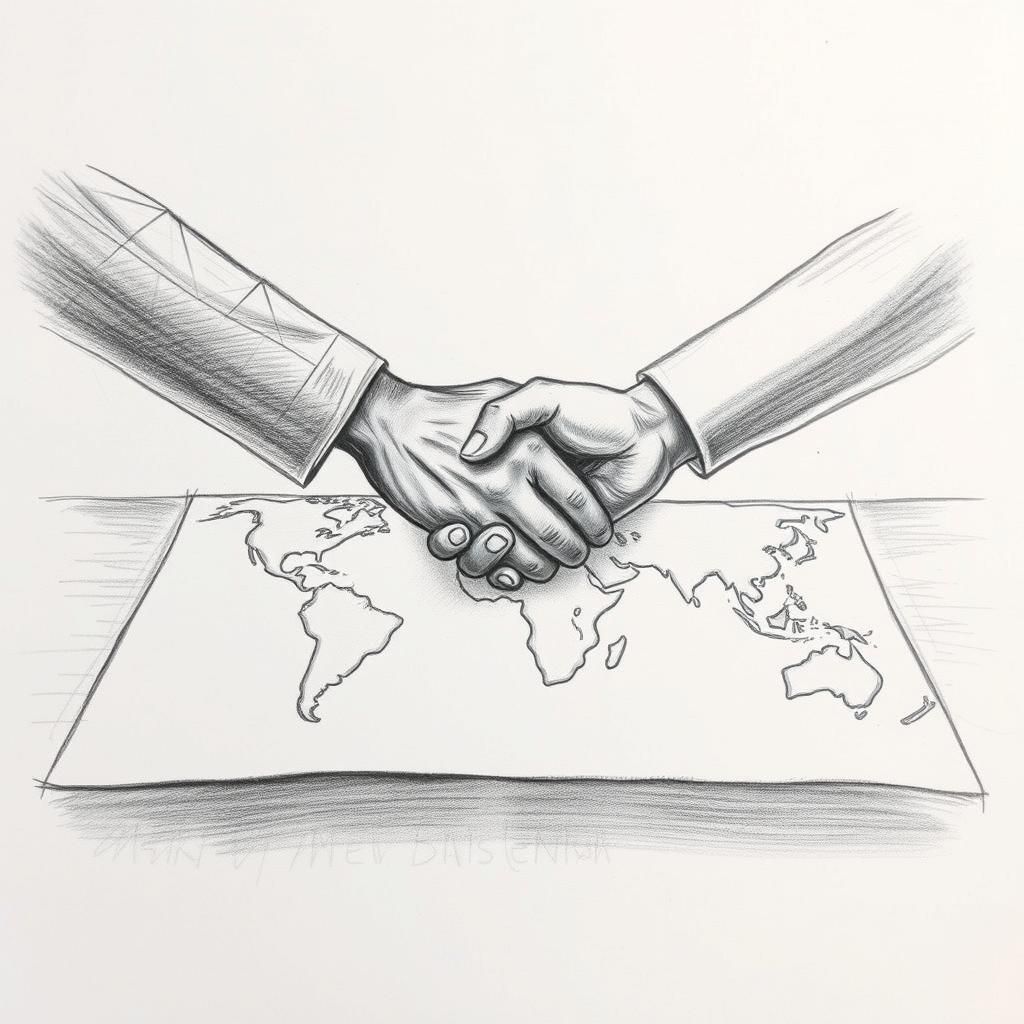
6. Conclusion
Agreements come in all shapes and sizes—from the handshake deals between neighbors to formal treaties that shape the fate of nations. They serve as the invisible threads weaving together communities, countries, and sometimes the entire world. We’ve seen that while contracts bring legal weight to an agreement, not every pact needs a courtroom to hold it together. Sometimes it’s the simple promise, the shared understanding, or even a temporary truce that opens the door to lasting peace.
International landmarks like the Paris Agreement or the Antarctic Treaty remind us that cooperation isn’t just a lofty ideal—it’s a practical necessity. These agreements steer global action, bridge differences, and prove that when we come together, harmony isn’t just possible; it’s powerful.
At their core, agreements are about connection. They capture our ability to listen, to compromise, and to commit, no matter how big or small the stage. So, next time you witness a deal struck or a consensus reached, pause for a moment. You’re witnessing the quiet work of progress—where understanding builds bridges and peace finds its footing.
Share to...
I hope you enjoy the content.
Want to receive our daily crossword puzzle or article? Subscribe!
You may also be interested in
Share to…
Want to receive our daily crossword puzzle?
-
Jigsaw Puzzles
Majestic Horse Watercolor Jigsaw Puzzle 250 | 300 | 500 Pieces
kr 348,00 – kr 439,00Price range: kr 348,00 through kr 439,00 Select options This product has multiple variants. The options may be chosen on the product page -
Jigsaw Puzzles
Whimsical Garden Cat Jigsaw Puzzle 250 | 300 | 500 Pieces
kr 348,00 – kr 439,00Price range: kr 348,00 through kr 439,00 Select options This product has multiple variants. The options may be chosen on the product page -
Jigsaw Puzzles
Zodiac Series Tiger Ink Puzzle – Black and White Art 250 | 300 | 500 Pieces
kr 348,00 – kr 439,00Price range: kr 348,00 through kr 439,00 Select options This product has multiple variants. The options may be chosen on the product page
